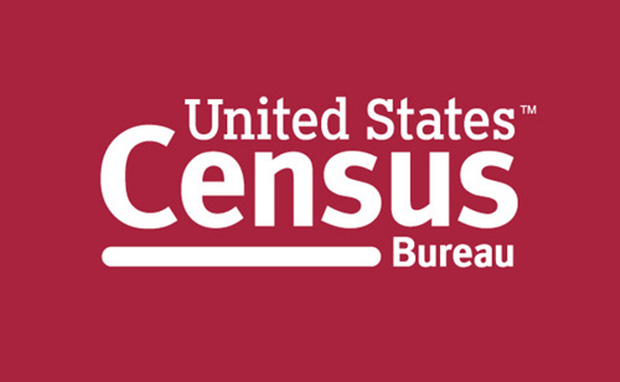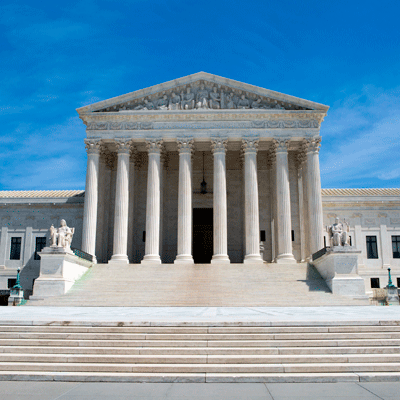The last time the Supreme Court issued a “one person, one vote” decision that caused a “wave of mid-decade redistricting” throughout the nation was in the 1960s. For the past 50 years, two dominant factors have shaped the way congressional districts are drawn: total “population” regardless of citizenship and voter eligibility; and “group identity” in terms of race and ethnicity (a special consideration rooted in the Voting Rights Act).
Now, in what Sean Trende at Real Clear Politics calls “the most important redistricting case in 50 years,” the U.S. Supreme Court has decided to take up Evenwel v. Abbott, a ‘one person, one vote’ case in which the plaintiffs ask the court to “clarify that only citizens should be counted for purposes of drawing legislative districts.”
The political impact of the case should the court find for the plaintiffs, as Trende explains in detail, would mean that “virtually every legislative and congressional district in the country would have to be redrawn.” It would likely be a blessing for the Republican Party, which controls “a record-high number of state legislatures and a majority of state governments, and a curse for Democratic Party, which has significant of districts with large populations of non-citizens. “Redistricting,” writes Trende, “would probably move five or 10 House seats toward the Republicans, with proportional gains likely in the state legislatures.”
There’s another, equally important issue if plaintiffs are successful: where will the data be found to identify who is and is not a citizen? Stanford law professor Nathaniel Persily explains in The Mysterious Number of American Citizens:
…despite all the talk these days about government and Big Data, the justices, like the rest of us, might be surprised to learn that the most basic information as to who is an American citizen cannot actually be found in any publicly available government data set – anywhere.

Neither the Census Bureau nor Voter Registration records provide that data:
It’s true that the census releases a data set that provides the building blocks of redistricting plans for Congress, state legislatures, city councils and school boards. But that data set counts just two things: the total number of people, and the number of people over the age of 18, in every community in the country. The data file has no information about which of those people are citizens and which are not.
Voter registration lists, another alternative, are notoriously unreliable and highly variable depending on whether an election is coming up – and some states don’t keep track of voter registration at all.
Persily goes on to argue that “the fact that no accurate count of citizens exists should be the end of the matter,” and that the Supreme Court “shouldn’t try to fix” the one person, one vote rule that he insists isn’t broken.
Many American citizens would strongly disagree with that sentiment, because it’s their voices and their individual power that are diluted in the current congressional representation scheme.
That government is failing to collect the most basic data—who is and is not a citizen—is an outrage in itself and certainly no excuse for perpetuating the status quo. Regardless of the outcome of the Supreme Court Evenwel case, that failure should be corrected in future censuses.

